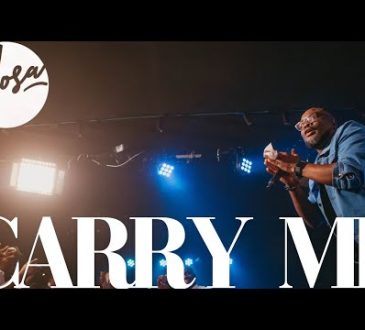Grave Robbery or ‘Science’? UK Lawmakers Demand End to Display of Human Remains in Museums—As Mummies, Shrunken Heads Still Sold as Collectors’ Items

The shocking truth behind Britain’s macabre trade in the dead—and the growing movement to finally lay stolen ancestors to rest.
A Trade in the Dead: The Dark Legacy of Colonial Plunder
In the hushed halls of Britain’s most prestigious museums, the dead do not rest in peace. Egyptian mummies, Māori tattooed heads, and even shrunken human trophies sit behind glass—many stolen during colonialism and now displayed as curiosities. But a powerful new movement, led by lawmakers and activists, is demanding an end to what they call “the abominable trade in human remains.”

This week, a bombshell report by the All-Party Parliamentary Group on Afrikan-Reparations (APPG-AR) called for a total ban on the sale and public display of ancestral remains, sparking a fierce debate in Parliament.
“This is not archaeology—it’s grave robbery,” declared Labour peer Lord Paul Boateng, slamming the British Museum for refusing to return Māori sacred heads and Torres Strait Islander skulls. “How can we claim to be a civilized society when we still profit from the dead?”
From ‘Mummy Unwrapping Parties’ to Auction Blocks
The report, “Laying Ancestors to Rest,” exposes Britain’s long, grotesque history of treating human remains as collector’s items. In the 1800s, wealthy Victorians hosted “mummy unwrapping parties”, peeling bandages off Egyptian corpses for entertainment. Today, auction houses still sell shrunken heads and ancestral bones—until public outrage forces them to withdraw.
“These were people—not artifacts,” said Professor Laura Van Broekhoven, director of Oxford’s Pitt Rivers Museum, which removed its mummified child and shrunken heads from display in 2020. “We must rehumanize our museums.”

The Legal Loophole That Keeps the Dead on Display
Right now, UK law has a chilling loophole: consent is only required for bodies under 100 years old. That means centuries-old remains—many looted from Africa, Oceania, and Indigenous lands—can be bought, sold, and exhibited without permission from descendants.
The British Museum alone holds over 6,000 human remains, defending their display as “vital for research.” But critics ask: At what cost?
“How would Brits feel if their great-grandparents’ skeletons were in a Cairo museum?” asked one activist.
A Global Reckoning—Will Britain Listen?
The pressure is mounting:
- The Smithsonian apologized for its collection of stolen Black and Indigenous bones.
- London’s Hunterian Museum stopped exhibiting the 7’7″ Irish Giant, whose dying wish—to be buried at sea—was ignored.
- Auction houses are being forced to pull human remains after public outcry.
Now, UK lawmakers are demanding:
✅ Ban the sale of human remains—no more mummies on eBay.
✅ Extend the Human Tissue Act to protect all ancestral remains.
✅ Repatriate stolen bones to their communities.
“They Were Never Ours to Keep”
For diaspora communities, this fight is deeply personal. “Every time I see an Egyptian mummy in a British museum, I think: That could be my ancestor,” said one protester outside the British Museum. “Bring them home.”
As the government weighs its response, one question remains: Will Britain finally confront its colonial ghosts—or keep profiting from the dead?




